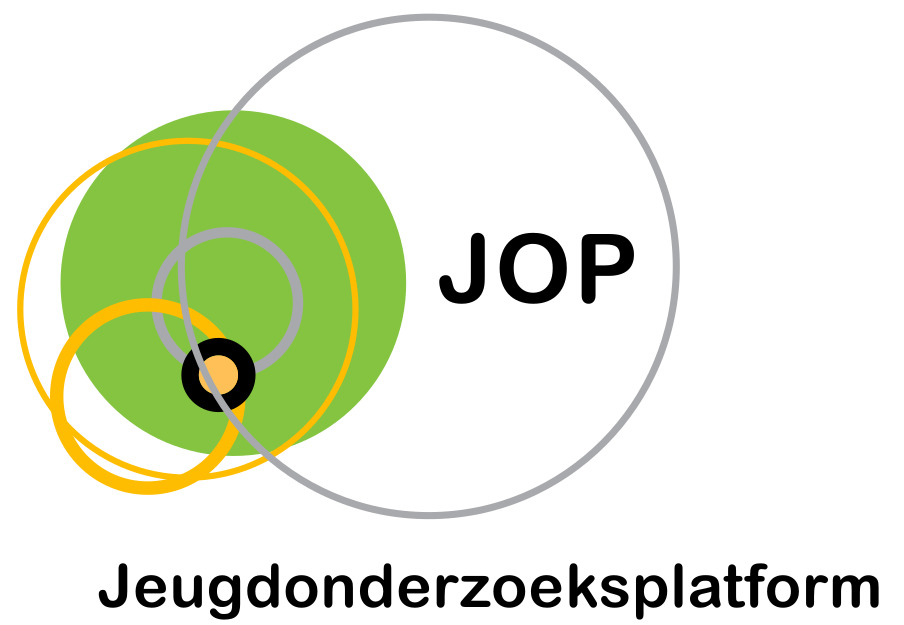Food for teens: how social media is associated with adolescent eating outcomes.
Auteurs
Qutteina, Y., Hallez, L., Raedschelders, M., De Backer, C., & Smits, T. (2022).

Abstract
Doelstelling: Het onderzoeken van de relatie tussen blootstelling aan voedselboodschappen op sociale media en zelfgerapporteerde eetgewoonten van adolescenten (inclusief voedselinname, ervaren normen en voedselvaardigheid (“food literacy”).
Opzet: Een cross-sectionele survey werd gebruikt om gerapporteerde blootstelling aan boodschappen rond basisvoedsel (bv. groenten) en niet-basisvoedsel (bv. snoep), inclusief marketingboodschappen, op sociale media te beoordelen, evenals gerapporteerde voedselinname, ervaren normen, voedselvaardigheid, attitudes, zelfregulatie, en andere factoren.
Setting: 18 middelbare scholen in Vlaanderen, België.
Deelnemers: 1002 adolescenten van 11–19 jaar.
Resultaten: Zelfgerapporteerde blootstelling aan voedselmarketing en algemene voedselboodschappen op sociale media was positief geassocieerd met eetattitudes, gedragingen, ervaren normen en voedselvaardigheid bij adolescenten. Interessant genoeg werd de relatie tussen blootstelling aan voedselboodschappen en voedselinname verschillend gevormd afhankelijk van het type voedsel. Beschrijvende normen (percepties over welk voedsel anderen eten) medieerden de positieve relatie tussen blootstelling aan niet-basisvoedselboodschappen op sociale media en de inname van niet-basisvoedsel (bijv. indirect effect op zelfgerapporteerde consumptie van snoep: 0,005, se 0,002, P < 0,01), terwijl voedselvaardigheid de positieve relatie medieerde tussen blootstelling aan basisvoedselboodschappen op sociale media en de inname van basisvoedsel (bijv. indirect effect op zelfgerapporteerde groenteconsumptie: 0,01, se 0,003, P < 0,000).
Conclusies: Deze studie benadrukt het belang van sociale media in relatie tot het eetgedrag van adolescenten. Er is een kans voor gezondheidsprofessionals om sociale media in te zetten bij het promoten van basisvoedsel onder adolescenten. Er wordt opgeroepen tot relevante beleidsmaatregelen om de marketing van niet-basisvoedsel aan adolescenten op sociale media te reguleren.
Objective: To assess the relationship between exposure to social media food messages and self-reported adolescent eating outcomes (including food intake, perceived norms and food literacy).
Design: A cross-sectional survey was used to assess reported exposure to core and non-core food messages (including marketing messages) on social media, as well as reported food intake, perceived norms, food literacy, attitudes, self-regulation, among others.
Setting: 18 secondary schools across Flanders, Belgium.
Participants: 1002 adolescents 11-19 years of age.
Results: Self-reported exposure to food marketing and overall food messages on social media was positively associated with eating attitudes, behaviours, perceived norms and food literacy among adolescents. Interestingly, the relationship between food exposure and intake was shaped differently depending on food type; descriptive norms mediated the positive relationship between non-core food social media exposure and non-core food intake (e.g. indirect effect estimate on self-reported sweets consumption is 0·005, se 0·002, P < 0·01), while food literacy mediated the positive relationship between core food social media exposure and core food intake (e.g. indirect effect estimate on self-reported vegetable consumption is 0·01, se 0·003, P < 0·000).
Conclusions: This study highlights the significance of social media in relation to adolescent eating. There is an opportunity for health professionals to use social media in the promotion of core food among adolescents. We call for relevant policy actions to regulate the marketing of non-core food to adolescents on social media.
Referentie
Qutteina, Y., Hallez, L., Raedschelders, M., De Backer, C., & Smits, T. (2022). Food for teens: how social media is associated with adolescent eating outcomes. Public health nutrition, 25(2), 290-302.
Taal
Engels
Publicatievorm
Tijdschriftartikel
ISBN – DOI
DOI: 10.1017/S1368980021003116
